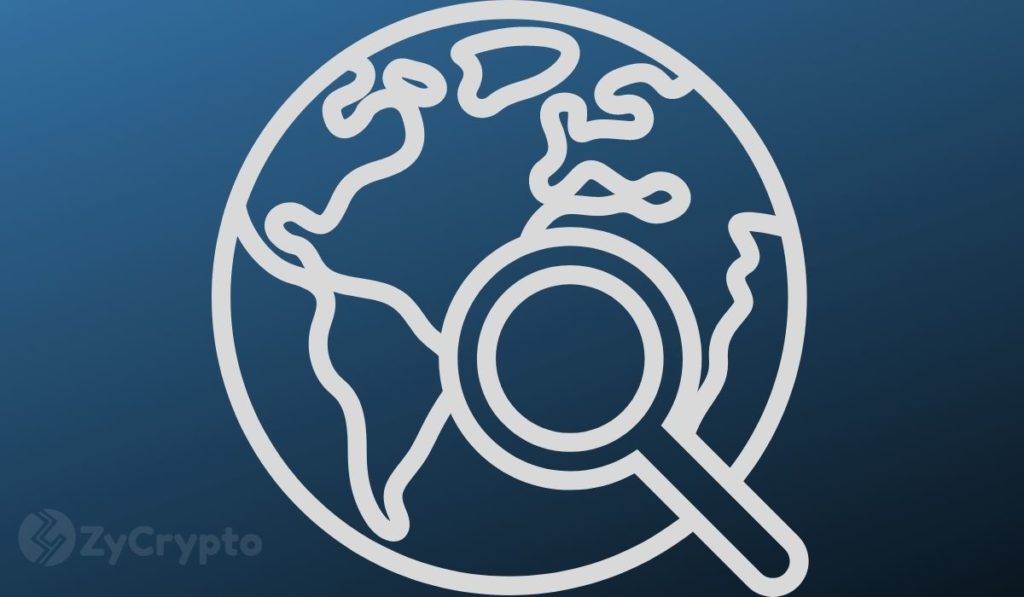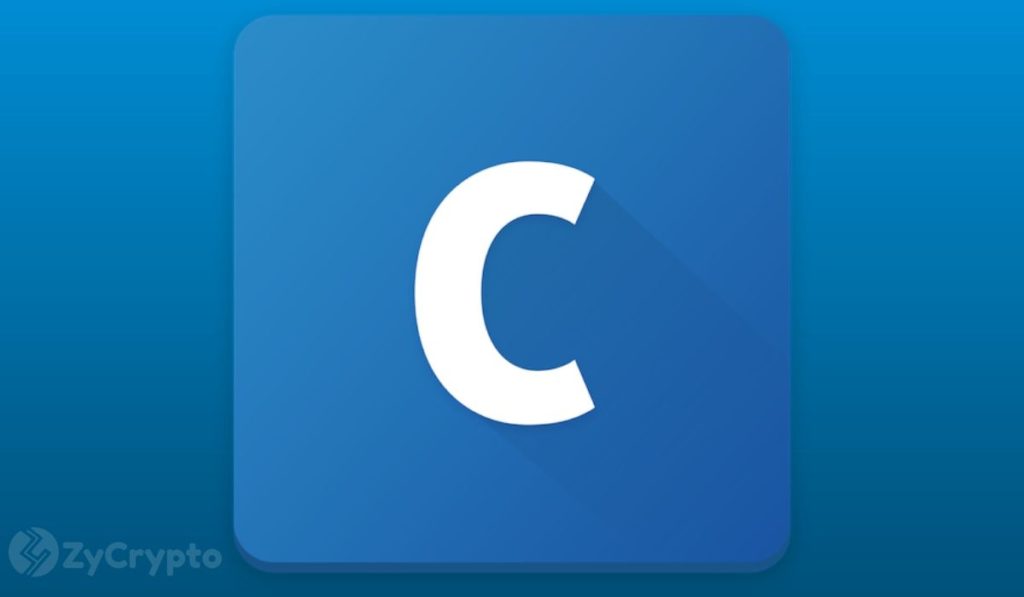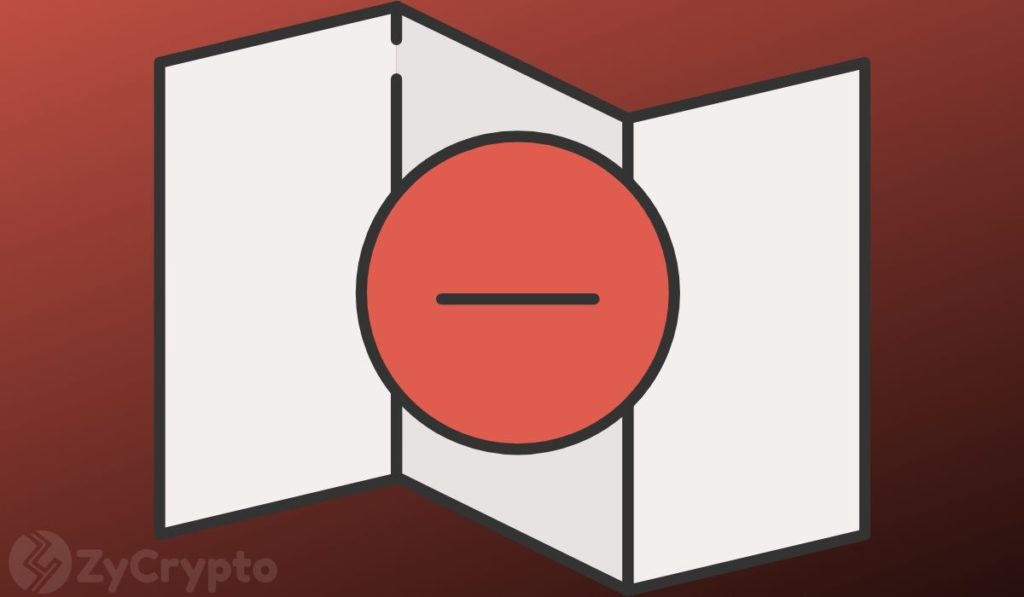2021-3-1 13:00 |
In years to come, the early days of 2021 will be remembered for the success of Bitcoin and Ethereum, and for the institutional FOMO that propelled their native assets to fresh all-time highs. Less than a year after the Covid-19 pandemic first made headlines, the market is breaking new ground as billionaires expand their balance sheets and bet big on crypto. But what does the rest of 2021 have in store? While Bitcoin and Ethereum continue to strengthen their position, a number of rival layer-one blockchains are readying for lift-off…
1) RadixThe first layer-1 protocol built specifically to serve the booming decentralized finance (defi) sector, Radix is a high-performance platform that demonstrated 1.4 million transactions per second (TPS) with its 2018 algorithm, while their current algorithm is theoretically definitely scalable. By this metric, the defi protocol leaves Ethereum, Bitcoin and pretty much every other network in the dust – but what else has it got going on under the hood?
Like Gavin Wood’s interoperable Polkadot protocol, Radix utilizes sharding. Rather than a static set of shards, however, it supports a virtually unlimited number in order to achieve the parallelism required for a global-scale defi platform. Radix is built around its own consensus algorithm, Cerberus, which it enables it to deliver linear scalability without compromising composability or interoperability, and it touts itself as a viable alternative to Ethereum, a platform it says “was never designed to serve the needs of defi.”
With its Component Catalogue and Developer Royalties, Radix aims at becoming the most developer friendly layer-1 platform in DeFi. Speed to market, high security, earning potential for valuable components and unlimited scaling possibilities are the strong points Radix will be providing to the next generation of dApp developers. Founded by reclusive engineer Dan Hughes, who cut his teeth on Bitcoin in the 2010s, Radix is on course for a mainnet release in Q2. With gas fees sky high on Ethereum quickly, it can’t come quick enough for defi users.
2) Dusk NetworkDusk Network is a privacy-focused, open-source blockchain for financial dApps. Powered by Zero-Knowledge technology, Dusk Network can be used to issue tokens regulated by privacy-preserving permissionless smart contracts. The goal of Dusk is to reshape the financial industry, giving users the opportunity to access capital and assets and a full spectrum of smart financial services.
We’re all familiar with defi, but Dusk Network has pioneered its own term: RegDeFi (regulated decentralized finance). The era of regulated decentralized finance would see major financial institutions come to the party, as the walls bifurcating the world of tradfi and defi start to tumble. In this milieu, Dusk Network sees itself as representing “the compliance and confidentiality engine for a global connected world of finance.” As of right now, there is no defined date for the mainnet launch – though a blog published on January 7 suggests it will be this year.
3) MarlinMarlin is an open protocol that supplies programmable network infrastructure for defi and Web 3.0. Introduced in mid-2019 as part of Binance Labs’ Incubation Program, the protocol delivers scalability, resilience and decentralization at the base layer by optimizing the networking architecture beneath blockchains themselves. Which is to say, Marlin enables nodes to communicate faster and transfer a greater volume of data in a shorter time period, increasing a metric by which all blockchains are judged: throughput.
It’s not just blockchains Marlin serves either; the protocol can be harnessed by dApps seeking faster P2P communication, as well as cloud storage systems and social networks. Marlin has inked partnerships with the likes of Matic Network and Blockcloud, and having already launched its so-called ‘larvanet’, an incentivized mainnet network is forecasted to launch sometime this year.
4) ConcordiumEnterprise blockchain Concordium recently launched its fourth testnet, and a mainnet release is due within the first six months of this year. The first layer-one blockchain with identity built in at the protocol level, the Zug-based platform utilizes zero-knowledge proofs to preserve user privacy while also offering the ability to revoke anonymity if pressed by a court order. In other words, it keeps regulators happy while assuring law-abiding citizens of their anonymity.
Like the other blockchains summarized above, scalability, security and decentralization are the primary concerns of Concordium, who believe that satisfying regulatory requirements is the key to unlocking trillions of potential blockchain-based business transactions. Like Ethereum, the platform utilizes smart contracts with use-cases in multiple sectors and industries, from IoT to supply chain. Interestingly, Concordium’s founders have close ties to companies like Volvo, Ikea, and Saxo Bank, meaning it stands a better chance of capturing corporate interest than many of its rivals in the enterprise space.
5) Casper NetworkCasper Network is gearing up for its imminent mainnet launch, having recently closed a $14 million private validator token sale led by crypto fund Digital Strategies. A Proof-of-Stake public blockchain geared towards application development and enterprise integration, Casper recently joined China’s Blockchain-based Service Network (BSN), a state-backed initiative to accelerate blockchain adoption in the region and beyond. In joining the BSN ecosystem, the scalable, decentralized blockchain has set itself up nicely to enjoy a breakout 2021.
Ostensibly a user-friendly blockchain for enterprise customers, Casper is built on a consensus protocol (Highway) developed by ex-Ethereum Foundation researcher Vlad Zamfir. The project, which initially started out as a scaling solution for Ethereum, has already garnered plenty of interest with HeraSoft recently migrating its gold-backed asset token onto the network to enable tracing and ownership. If Casper can lower barriers to entry like it says it can, big things are inevitable.
Security, scalability, privacy, decentralization: these terms are liberally tossed around by blockchains new and old. The proof, as they say, is in the pudding. While it’s impossible to say which upcoming projects will meet the crypto community’s often wild, unrealistic expectations, we’re confident the above choices can deliver the goods.
Disclaimer: The information presented here does not constitute investment advice or an offer to invest. The statements, views, and opinions expressed in this article are solely those of the author/company and do not represent those of Bitcoinist. We strongly advise our readers to DYOR before investing in any cryptocurrency, blockchain project, or ICO, particularly those that guarantee profits. Furthermore, Bitcoinist does not guarantee or imply that the cryptocurrencies or projects published are legal in any specific reader’s location. It is the reader’s responsibility to know the laws regarding cryptocurrencies and ICOs in his or her country.
origin »pxUSD Synthetic USD Expiring 1 April 2021 (PXUSD_MAR2021) на Currencies.ru
|
|















